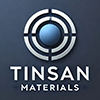Showing 25–36 of 39 results
-
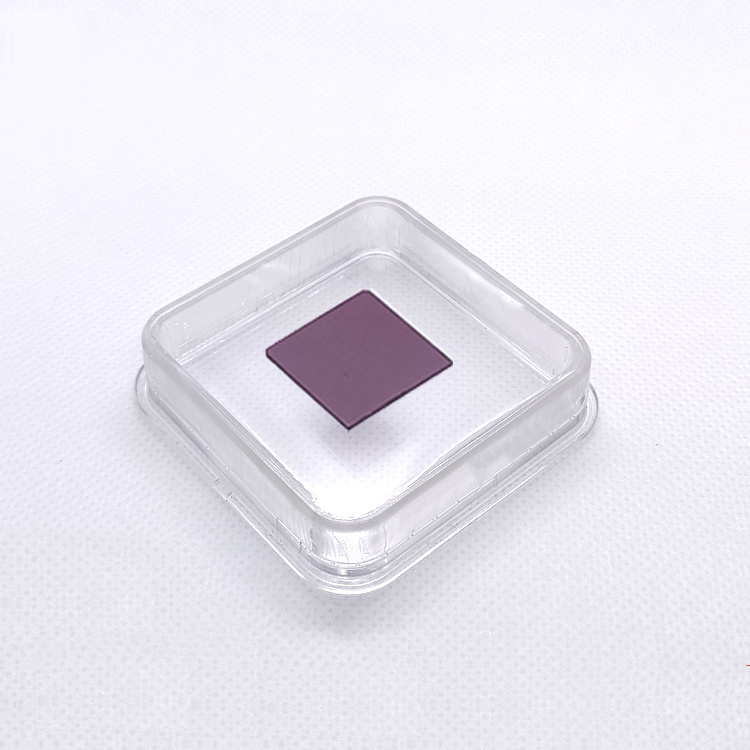
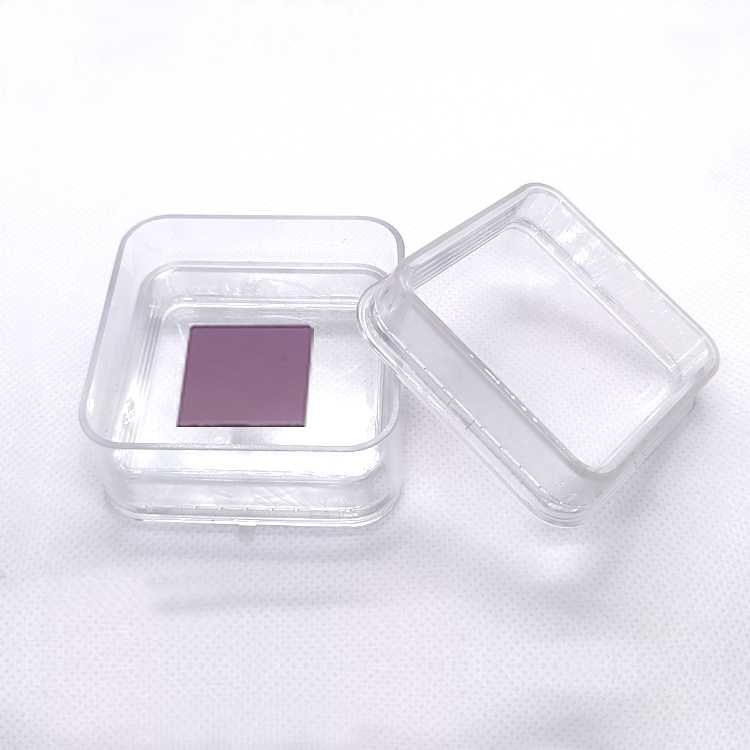
- Excellent Thermal Stability: Maintains crystal integrity at high operating temperatures.
- Good Chemical Resistance: Resists degradation in acidic and basic environments.
- Low Lattice Mismatch: Ideal for the epitaxial growth of complex oxides and superconducting films.
- High Mechanical Strength: Reduces risk of cracking during processing and device operation.
- Superior Surface Quality: Supports high-quality thin film deposition.
- Perovskite-like Structure: Compatible with a broad range of oxide thin films.
- Stable Optical Properties: Suitable for use in optical communication and laser components.
-
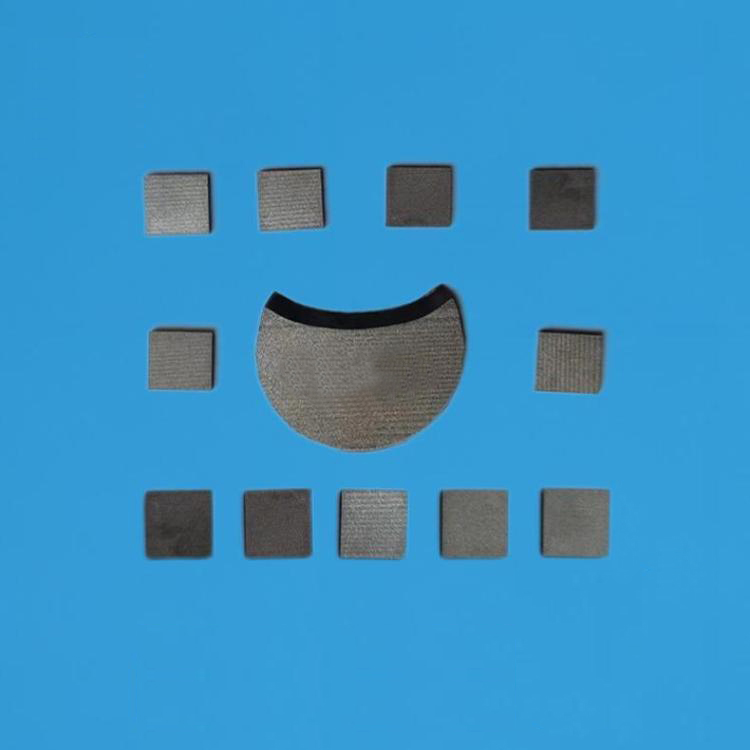
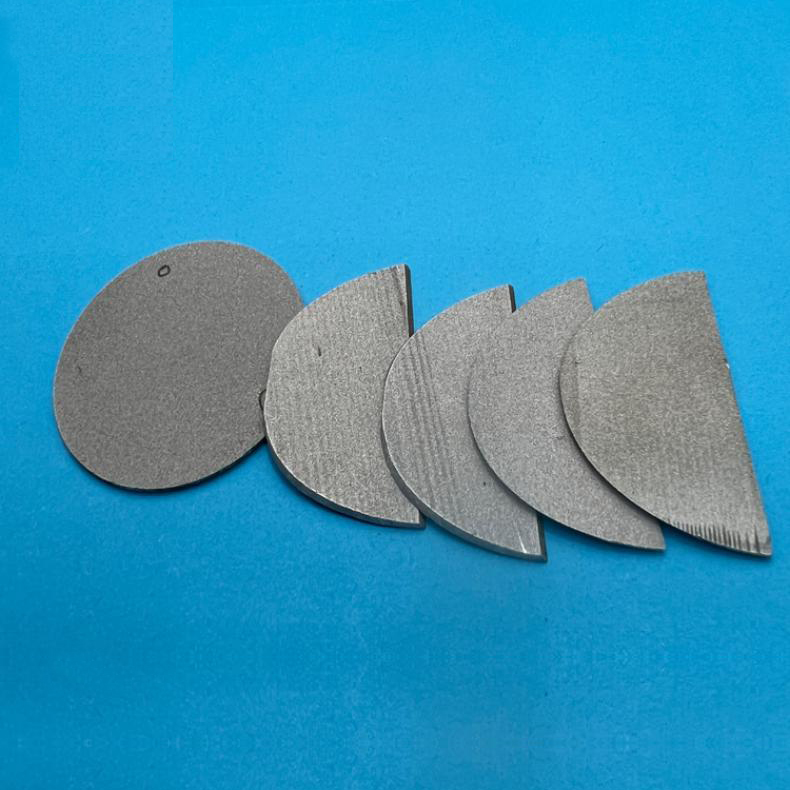
- Excellent Mechanical Strength: Suitable for high-stress applications
- Good Thermal Conductivity: Facilitates high-temperature processing
- Corrosion Resistance: Stable in oxidizing and reducing environments
- High Crystallinity: Supports high-quality epitaxial growth
- Magnetic Properties: Useful for spintronics and magnetic studies
- Surface Stability: Ideal for ultra-high vacuum (UHV) surface science experiments
- Customizable: Wide range of sizes, orientations, and surface finishes
-
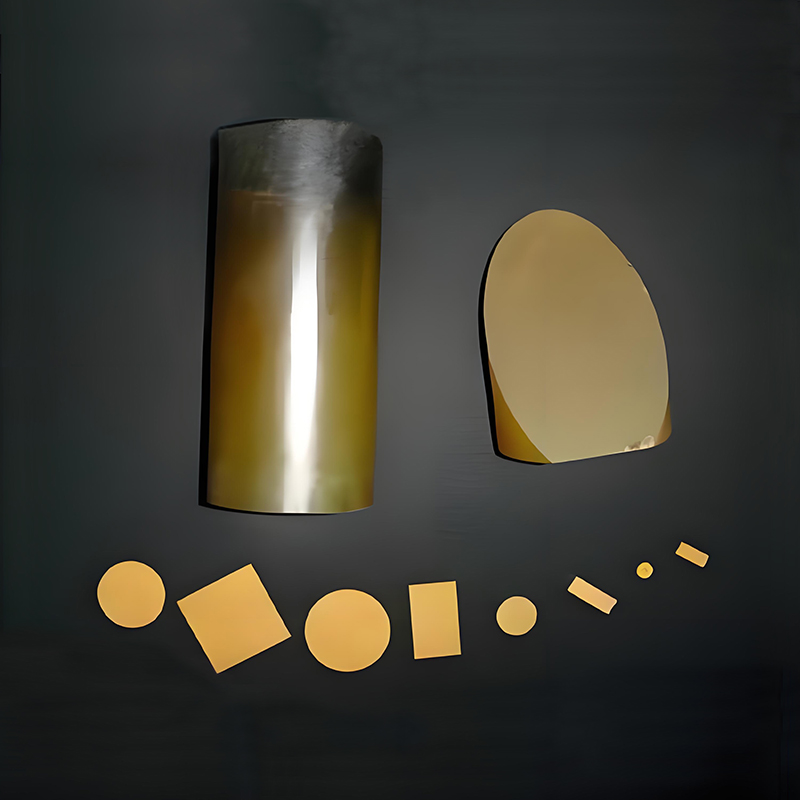
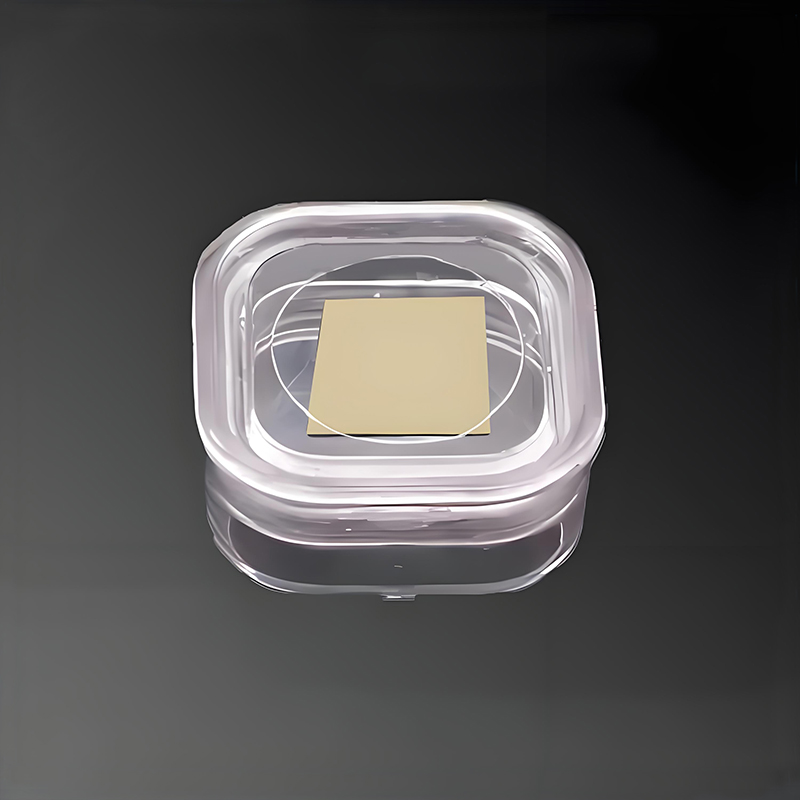
- Ultra-High Piezoelectric Coefficient (d₃₃ > 1500 pC/N): Enables extremely sensitive actuation and sensing.
- High Electromechanical Coupling Coefficient (k₃₃ > 0.9): Ensures efficient energy conversion.
- Large Strain (>0.1%): Suitable for actuators requiring high displacement.
- Low Dielectric Loss: Enhances energy efficiency and system stability.
- Superior Bandwidth and Sensitivity: Critical for medical ultrasound and SONAR transducers.
- Low Acoustic Impedance: Better matching with human tissues for biomedical applications.
- Customizable Crystal Composition (PMN-PT with various PT ratios): Tunable properties based on application requirements.
- Excellent Optical Quality (for thin PMN-PT films): Applicable in electro-optic modulators and photonic devices.
-
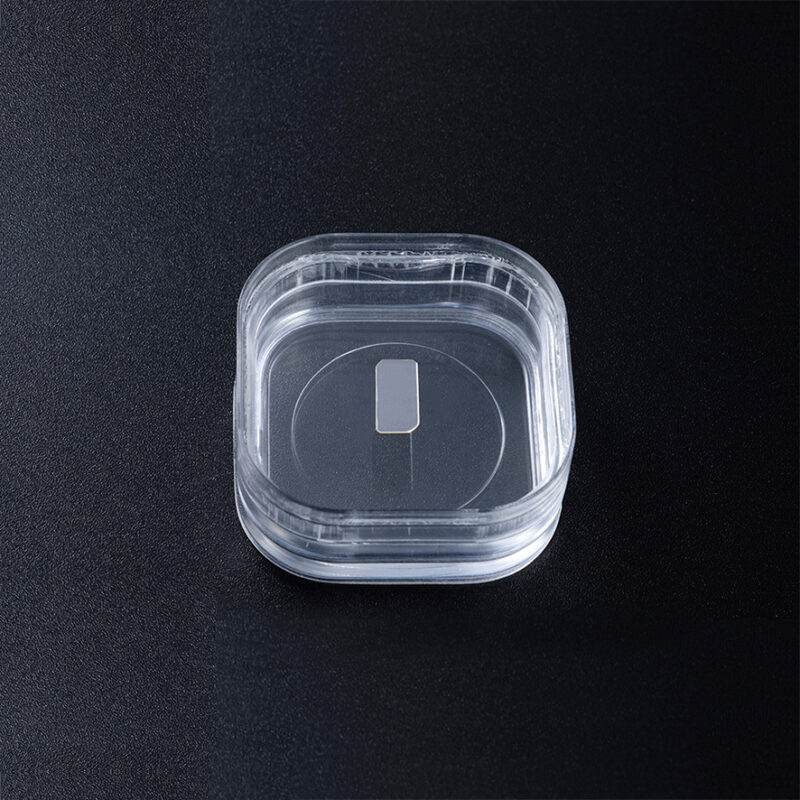
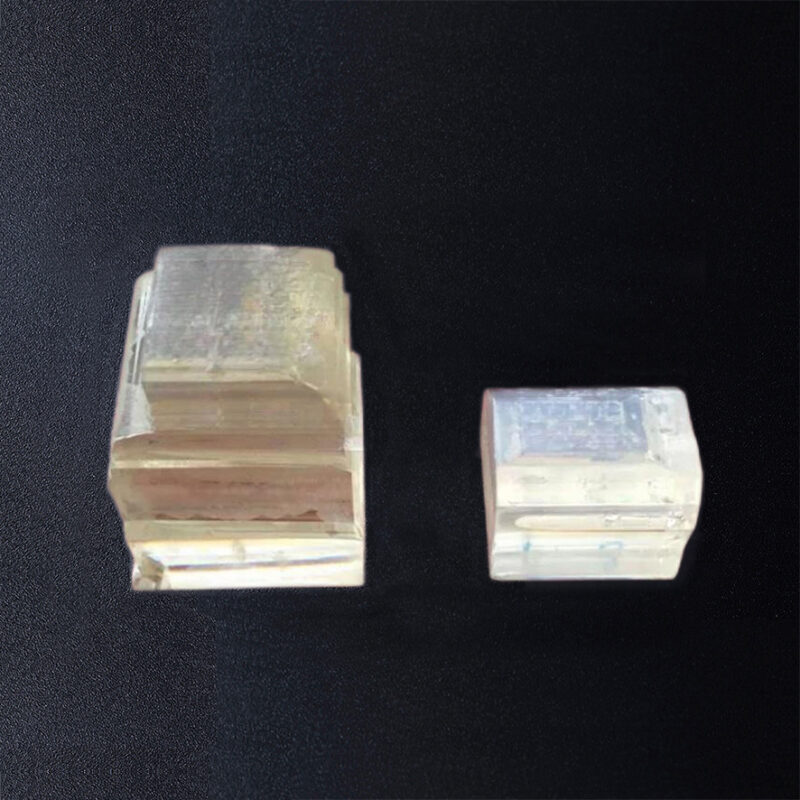
- High Structural Perfection: Ideal lattice matching for growing oxide thin films such as superconductors and ferroelectric films.
- Excellent Dielectric Properties: High dielectric constant makes it suitable for tunable capacitors and microwave applications.
- Low Optical Absorption: Transparent in the visible to near-infrared spectrum, useful for optoelectronic devices.
- High Mechanical and Chemical Stability: Ensures robustness in diverse environments.
- Ferroelectric and Quantum Paraelectric Behavior: Suitable for research in quantum phase transitions and low-temperature physics.
- Epitaxial Growth Substrate: Preferred for epitaxy of functional oxide materials such as high-temperature superconductors, ferroelectric, and multiferroic materials.
-
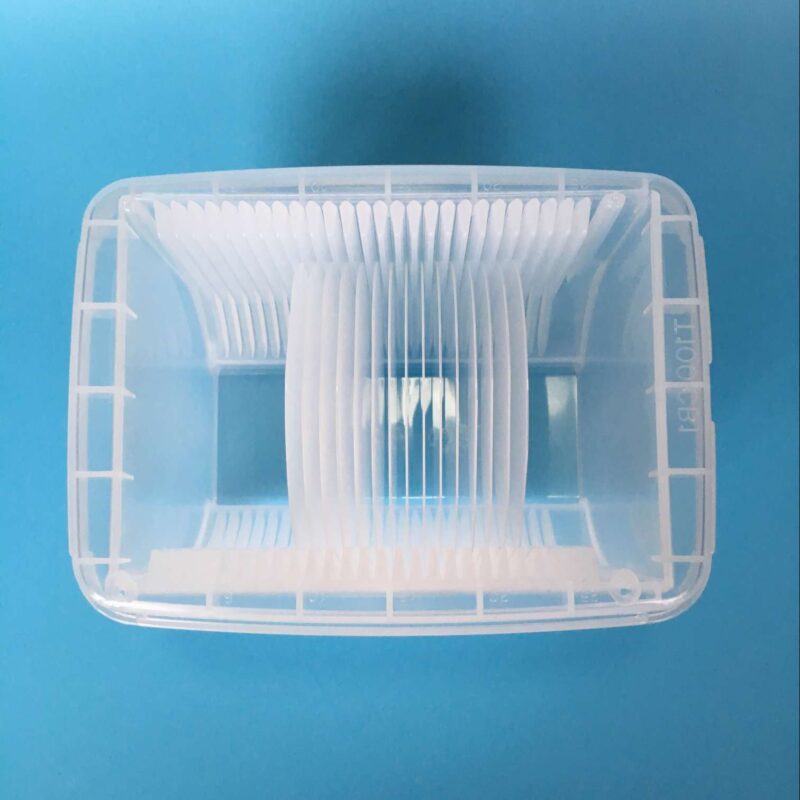
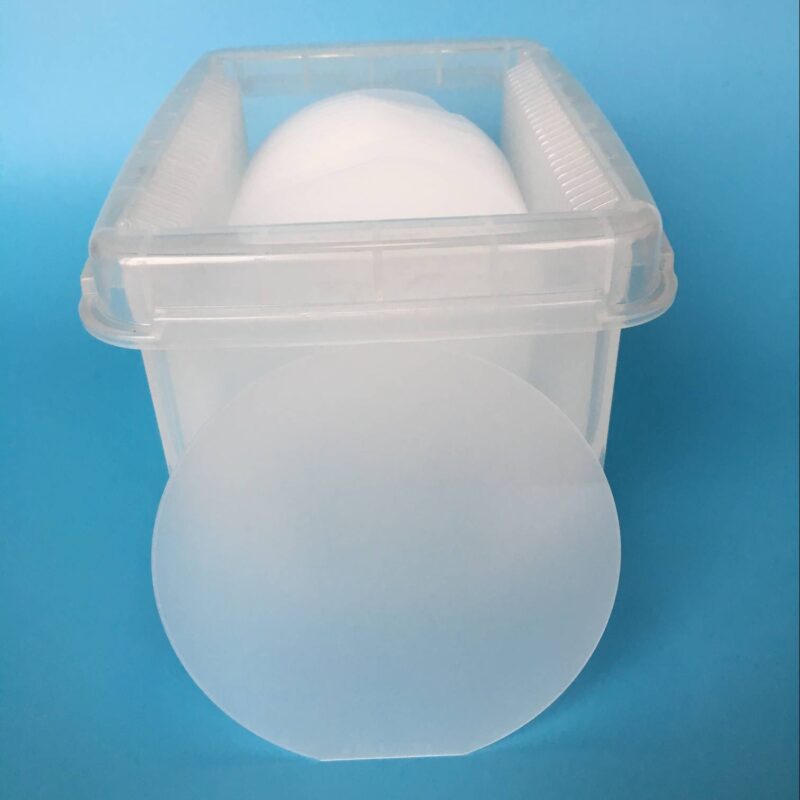
- Extreme surface hardness (Mohs 9, second only to diamond)
- Wide optical transmission from 150 nm (UV) to 5.5 μm (MWIR)
- High thermal conductivity and thermal shock resistance
- Excellent chemical inertness against acids and alkalis
- High dielectric strength and electrical insulation properties
-

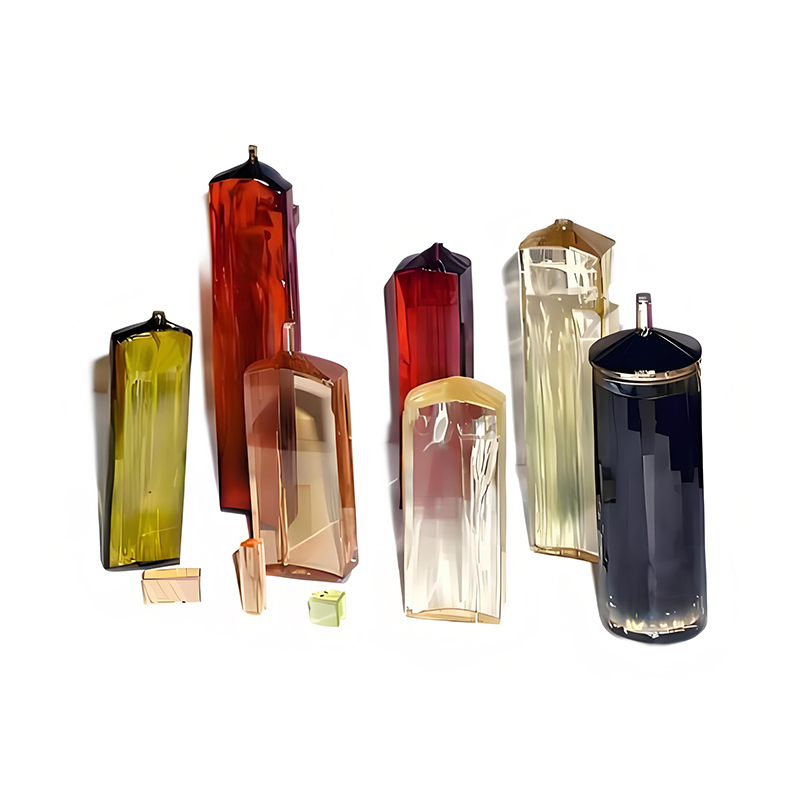
- Exceptional Photorefractive Effect: Superior for dynamic holography and real-time optical data storage.
- High Electro-optic Coefficient: Enabling efficient light modulation.
- Low Optical Damage Threshold: Excellent for high-sensitivity photorefractive applications.
- Piezoelectric and Pyroelectric Properties: Supporting applications in sensors and transducers.
- Nonlinear Optical Response: Suitable for second harmonic generation (SHG) and other nonlinear optical processes.
- Broad Transmission Range: Transparent from visible to near-infrared wavelengths.
-

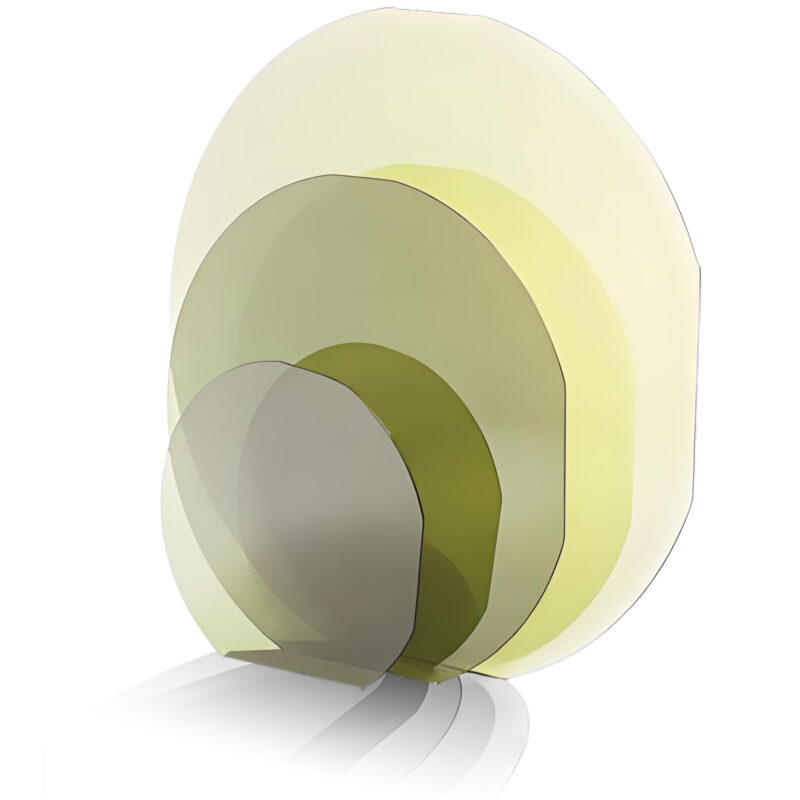
- Wide bandgap (3.2 eV for 4H-SiC)
- High thermal conductivity (~4.9 W/cm·K)
- Excellent chemical resistance
- High voltage breakdown strength
- Radiation hardness
- Suitable for GaN-on-SiC and epitaxial SiC device growth
-
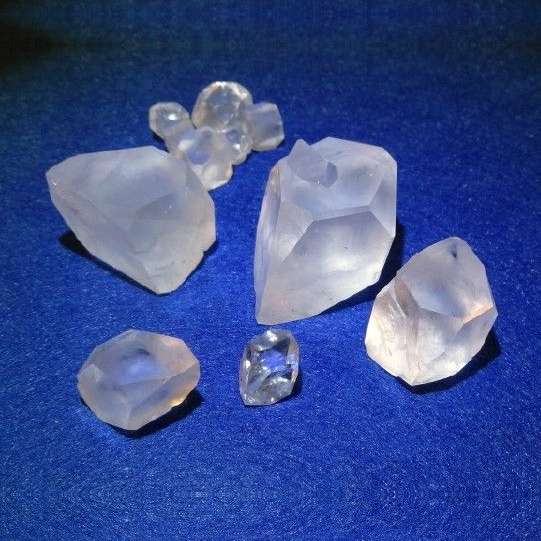
- Wide Transmission Range: 0.25–20 μm (UV–IR region).
- High Optical Homogeneity: Excellent for infrared spectroscopy.
- Low Refractive Index: ~1.5 at 10 μm, minimizing reflection losses.
- Broad Chemical Compatibility: Transparent to most IR wavelengths.
- Machinable and Polishable: Enables precise fabrication for optical systems.
- No Absorption Bands in IR: Ideal for FTIR applications.
- Isotropic Cubic Structure: Easy cleavage along (100) plane.
- Cost-effective Alternative: Compared to ZnSe or KBr for many IR optical uses.
-
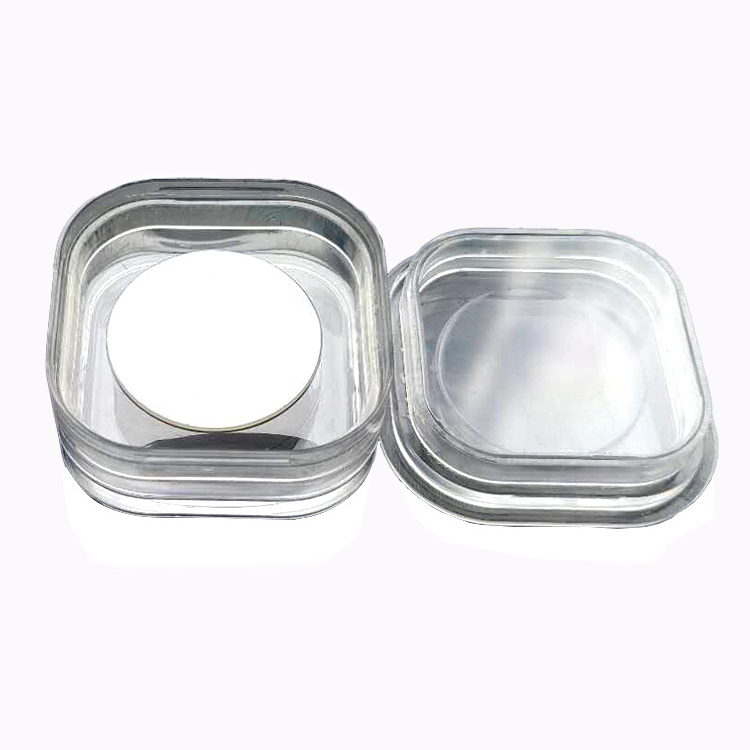
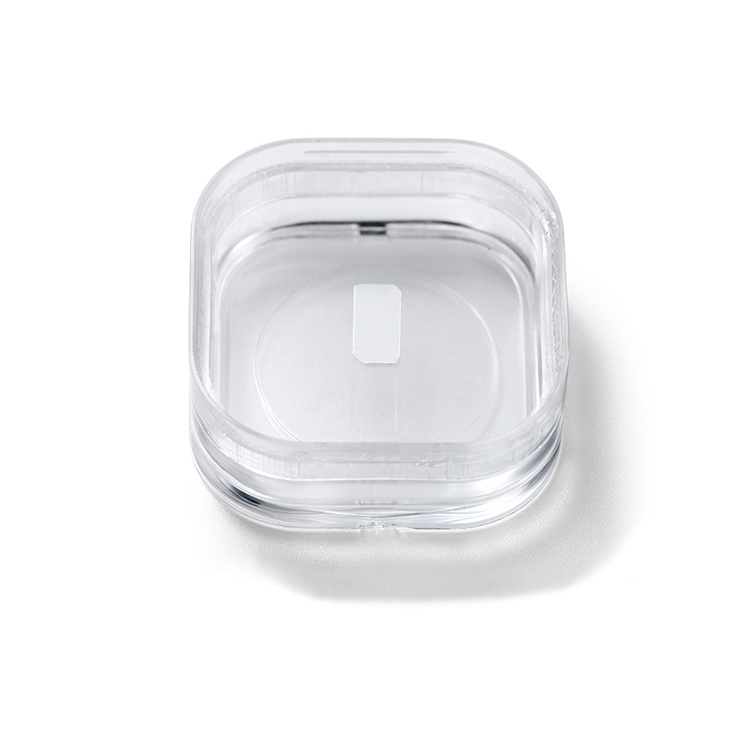
- Perfect cubic structure at room temperature
- High dielectric constant (~300 at room temperature)
- Low loss tangent
- Excellent lattice match with perovskite oxides (e.g., YBCO, LSMO, BST)
- High optical transparency in the visible and near-infrared range
- Atomically flat surfaces achievable after polishing
-
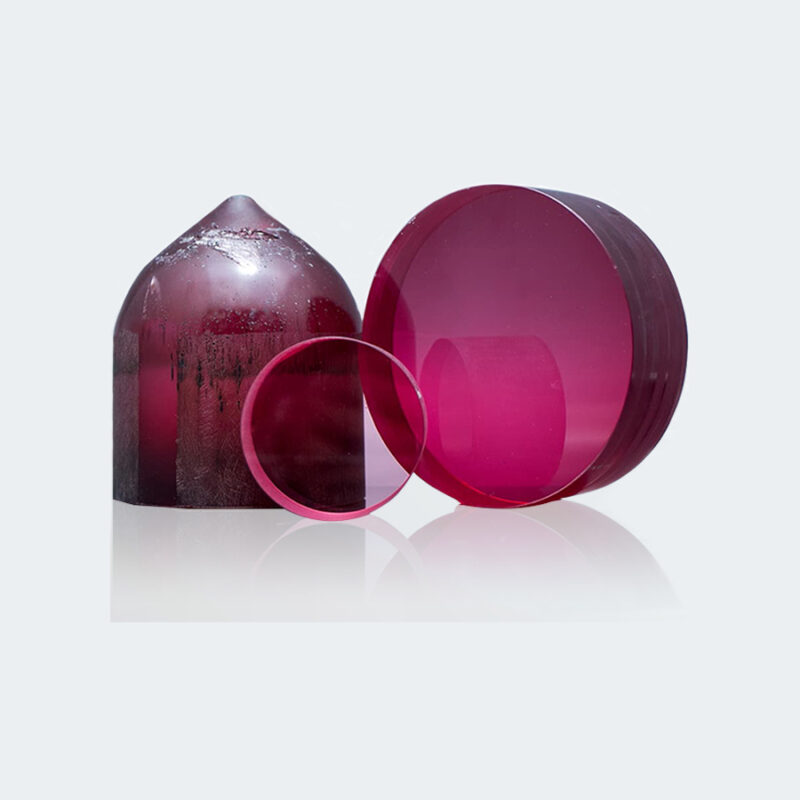
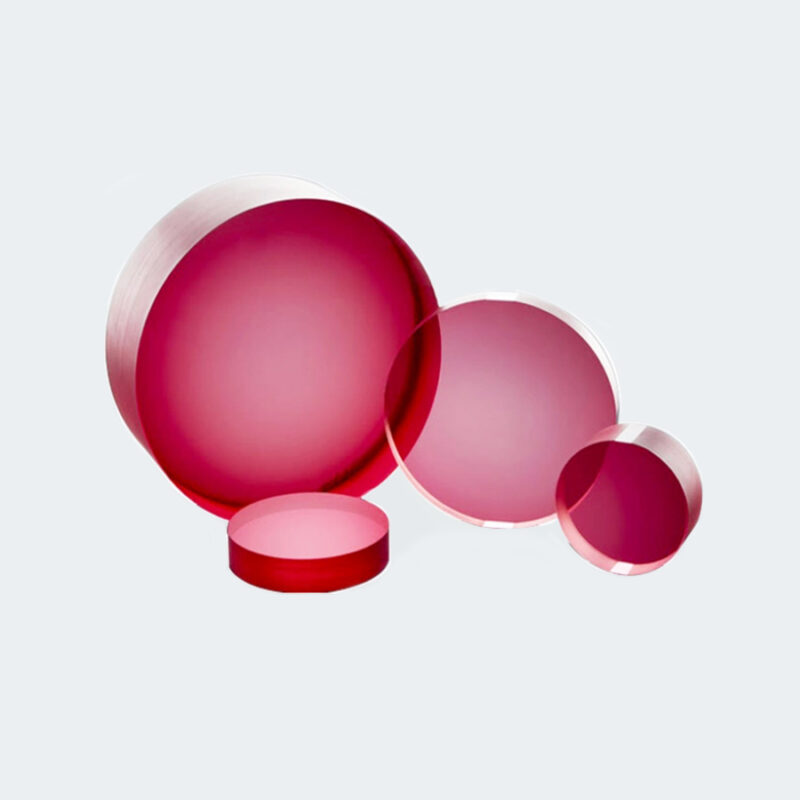
- Broad tunable laser output: 650–1100 nm
- Peak emission wavelength around 800 nm
- Wide absorption band: 400–600 nm (pumpable by 514–532 nm green lasers)
- Extremely broad gain bandwidth – ideal for femtosecond pulses
- High damage threshold and chemical stability
- Excellent thermal conductivity and optical quality
- Supports ultrashort pulse generation (<10 fs)
-
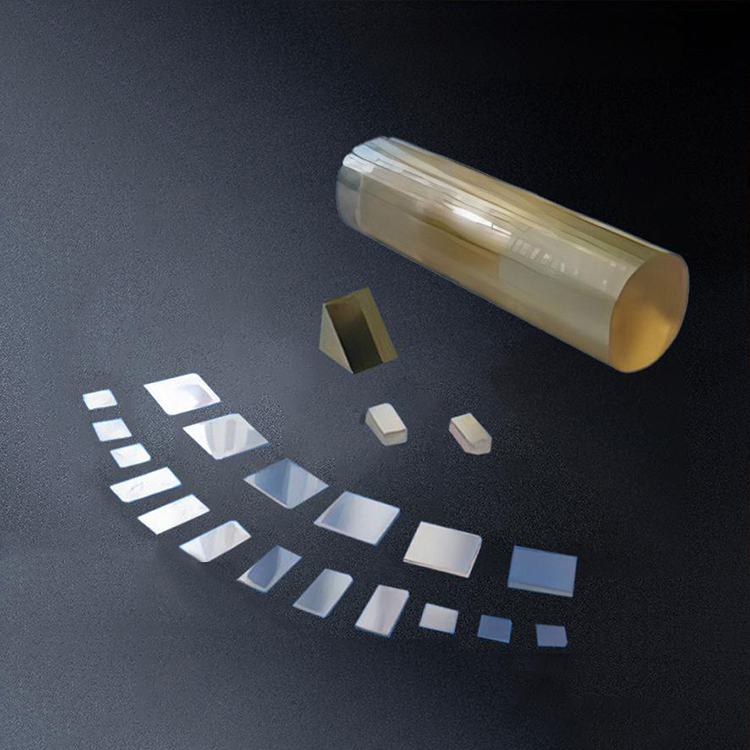
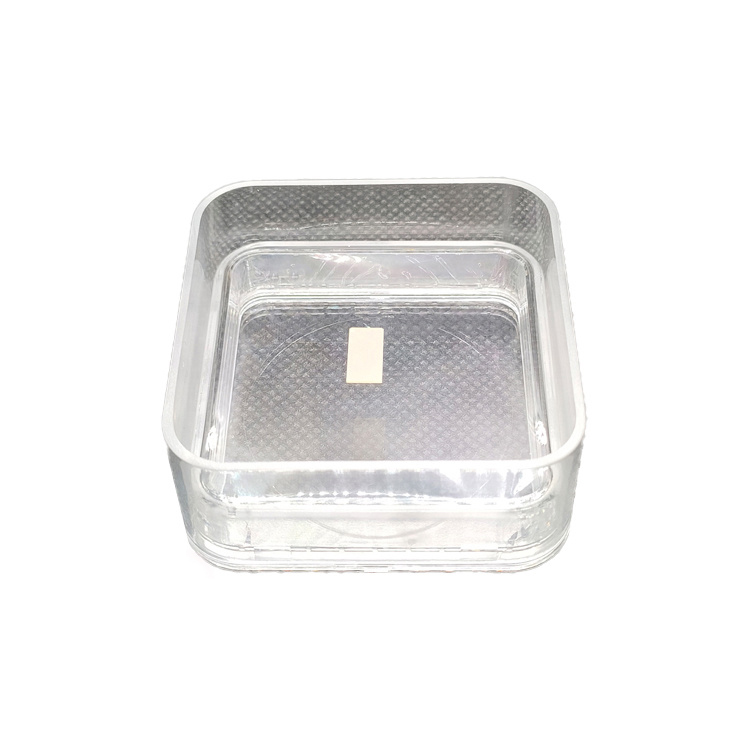
- High Refractive Index: Ideal for optical coatings and photonic crystals.
- Wide Bandgap: Suitable for ultraviolet photodetectors and photocatalysis.
- Strong Birefringence: Enhances nonlinear optical effects and polarization control.
- Excellent Chemical Stability: Resistant to acids and alkalis under normal conditions.
- High Dielectric Constant: Beneficial for high-k dielectric applications in electronics.
- Superior Optical Transparency: From visible to mid-infrared wavelengths.
- Mechanical Strength: Supports demanding manufacturing and processing.
- Suitable for Epitaxial Growth: Template for oxide thin films such as perovskites.
-
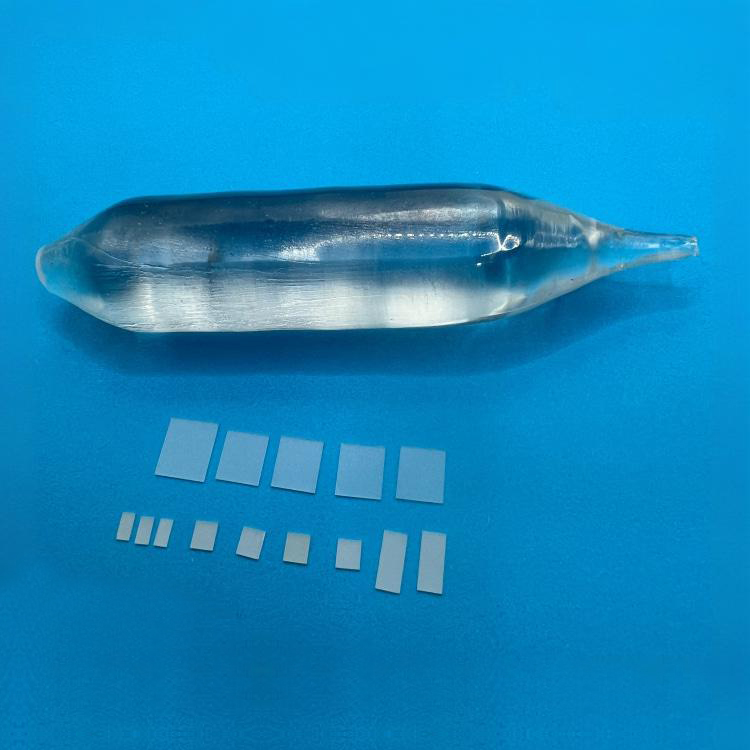
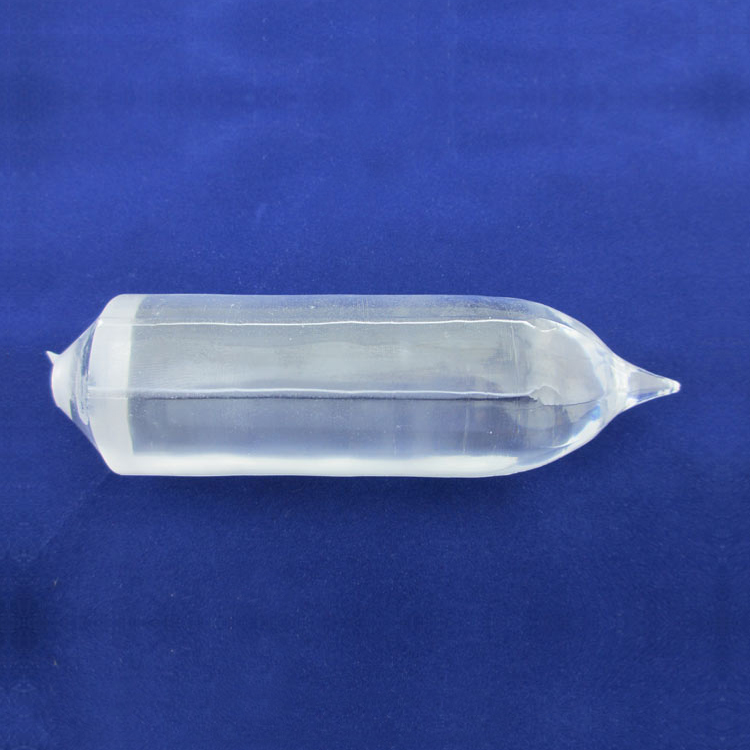
- High Thermal Stability: Suitable for high-temperature environments and laser operations.
- Excellent Mechanical Strength: Durable and resistant to cracking during processing.
- Broad Optical Transparency: Ranging from ~230 nm to 5.5 μm.
- Low Thermal Expansion Coefficient: Reduces thermal stress during device fabrication.
- High Refractive Index: Beneficial for optical and laser device efficiency.
- Good Chemical Resistance: Stable against most acids and alkalis under normal conditions.
- Low Dielectric Loss: Suitable for microwave and RF applications.
- Efficient Host Crystal: Ideal for rare-earth doping for laser crystals (e.g., Nd:YAP lasers).
